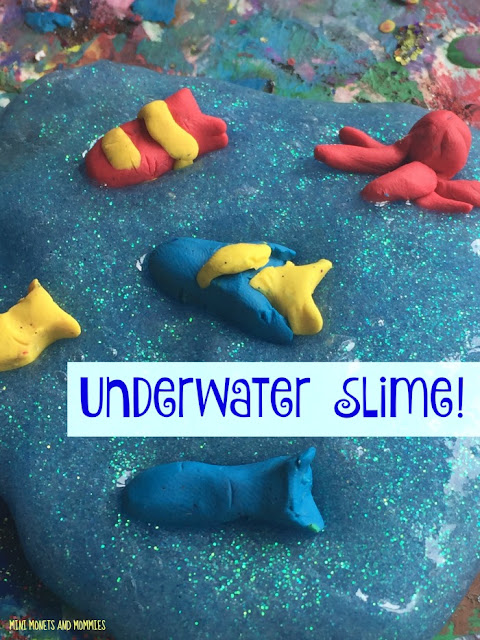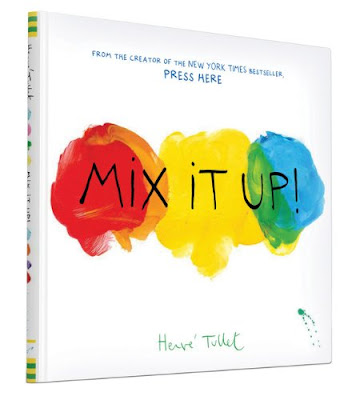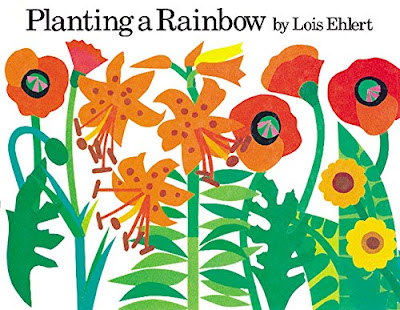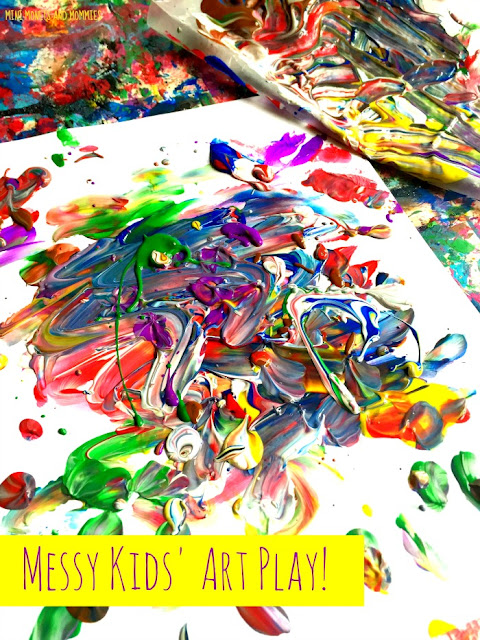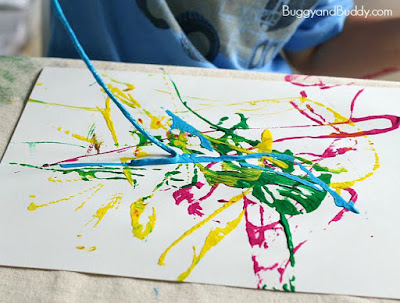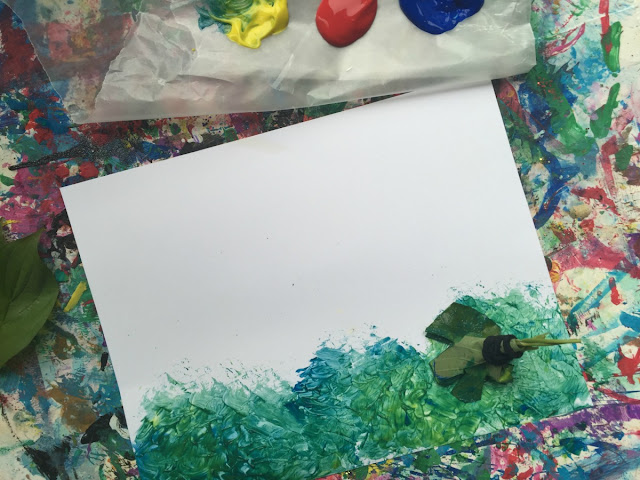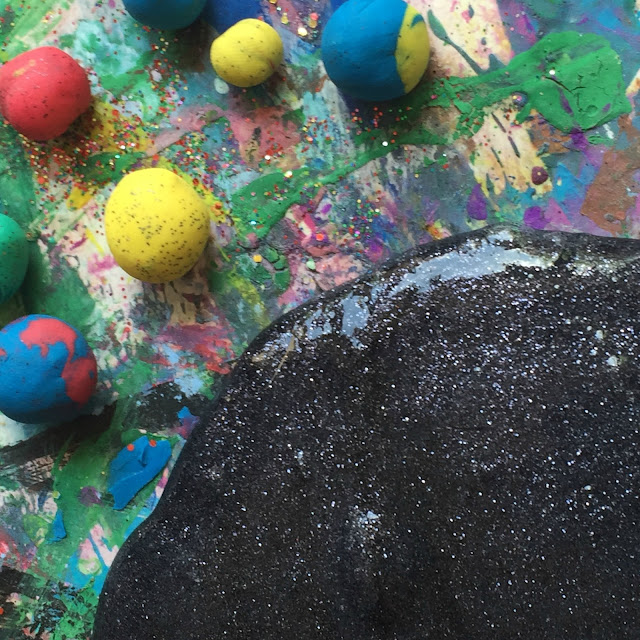I’m a fan of
slime-making. Why? It’s science, it’s artsy (or, at least it can be – depending
on what you add in) and even my 14-year-old thinks it’s cool. If you don’t have
a teen yet, believe me when I say that anything a ninth grader still thinks is
cool – IS COOL.
(This post
contains affiliate links. Please see my disclosure statement for more
information).
Maybe it’s
that summer is about to begin or maybe it’s the constant blasting of Finding
Dory ads. But, in any case, we’re going into the sea with this how to make
slime recipe. We’ve made the ooey gooey science-y stuff with red, white and blue glitter, planets, feathers, disco ball-colored glitter and even with an
alien theme.
This version uses glitter (again) as the base
color. Why? Well, you can color your slime with lots of stuff, such as food
coloring or powdered paints. Even though I don’t mind walking around with robin
egg blue hands after a session of food coloring an art project, not everyone is
so keen on using a paint-like additive. Glitter, on the other hand (pun
intended), won’t stain your hands like food coloring does. And, if you’re
super-worried about the sparkly stuff getting everywhere, keep this in mind –
the recipe calls for a heavy amount of glue. That means the sparkles get caught
more in the slimy mix than they do on your table, chair, rug, hands, hair or
anything else.
Here’s What
You’ll Need:
·
1/3
cup of clear Elmer’s glue (not the white school glue, but the clear school glue)
·
1/3
cup of water
·
1/3
cup liquid starch
·
Fine
blue glitter (you can also add in a pinch of very light green to get an aqua
hue)
·
Modeling
clay (in a few different colors)
Here’s What
to Do:
1. Measure
the glue and water. Pout into a plastic bowl and mix together.
2. Measure
and add the liquid starch.
3. Stir the
mixture together. Put it on a sheet of wax paper, so that it doesn't stick to the surface underneath (and it will help to collect the extra glitter in the next step). It kind of looks like a jellyfish!
4. Coat the
outside of your slime ball with the glitter.
5. Knead the
glitter in. Add some more sparkles until the mix becomes sea blue all the way
through.
6. Sculpt
small underwater sea creatures. Use the modeling clay to make fish, an octopus,
a whale, sharks or any other ocean animals. If your child isn’t sure what to
make, grab a book about the ocean. Some titles to try are:






